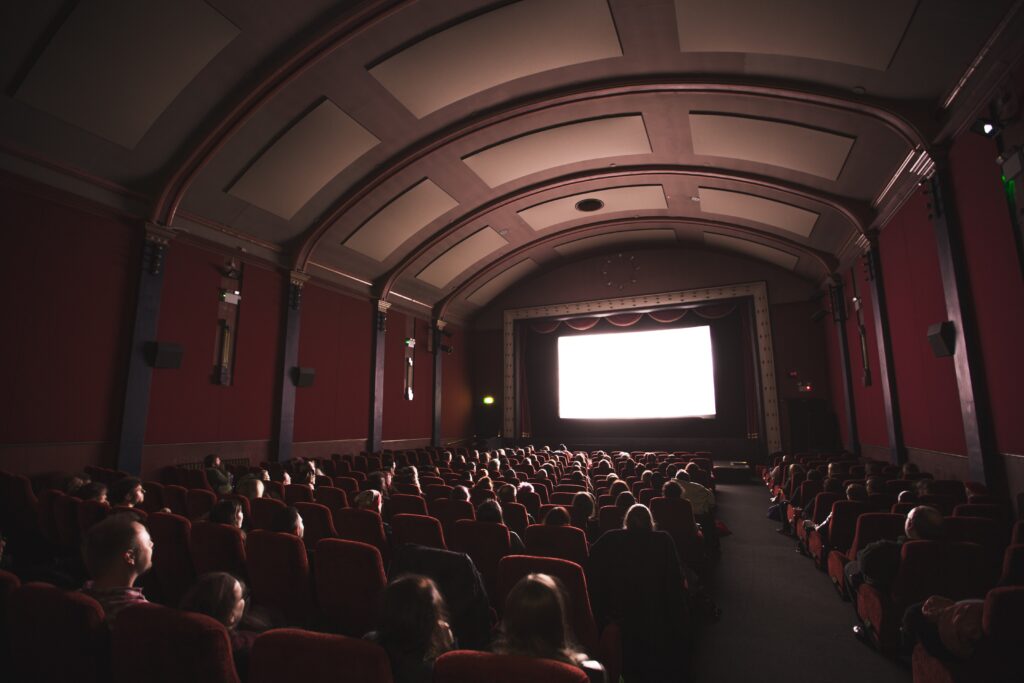The audio industry is no stranger to pushing boundaries to adjust with the times, but with the pace at which technology moves, it can be hard to keep up. While immersive audio is not a new concept, it seems as though the industry is just now realizing its potential―and the demand for the technology continues to rise.
In simple terms, according to SMPTE’s Immersive Audio: A Look Inside the Next Generation of Sound, immersive audio allows listeners to hear in all directions by adding a third dimension of sound―height―in order to recreate true-to-life experiences.

Cinematic Sound
Immersive audio has been around for quite a long time and the average person might be familiar with it in a cinematic setting, but modern immersive audio has now been adapted to home theaters, leading to a wider spectrum of consumers.
According to Sound on Sound’s An Introduction to Immersive Audio, over the years, there have been many attempts to overcome the limitations of stereo – quadrophonic sound, Dolby Stereo/ProLogic and 5.1 Surround. Each presented different problems and were mostly found in movie theaters. While record companies invested a great deal into surround sound, the format largely tanked with general consumers. This was due to the solutions being marketed as premium products. As a result, they were also more expensive than stereo versions of the same material. Additionally, at that time, materials cut in surround could not be played back on headphones, meaning the increasingly more active, on-the-go global population could not enjoy them on mobile devices of each era – be it Walkmans, Discmans, MP3 players or smart devices.
 Modern Immersive Formats
Modern Immersive Formats
Today, immersive audio formats include overhead speakers in addition to those at the fronts and backs. Today’s technology also makes it possible for separate pieces of audio to play in separate speakers – for instance if a car was exploding to the left of the screen, the audio would come from only the speakers on the left. The combination of these two techniques paves the way for audiences to feel fully engulfed by the experience.
Most importantly, however, modern immersive content can be decoded for any speaker arrangement, “from the bandwidth‑limited mono speaker in a smartphone to a full cinema array with many rear and side speakers, overhead speakers and subwoofers.”
 The Future of Immersive Sound
The Future of Immersive Sound
When looking back at the innovators of immersive audio, some of today’s immersive applications would likely have been unimaginable to them. Besides being used in television, film, music, audio books, podcasts and more, there are now fully immersive audio experiences in museums, aquariums, concerts and beyond. The creative possibilities are endless, and no doubt there’s more to come.
D. Pagan Communications is a leader in all things audio. If your immersive sound company is looking to teach the global audio industry about your groundbreaking technology, we want to hear about it. Contact us now to see how we can help grow your business.
